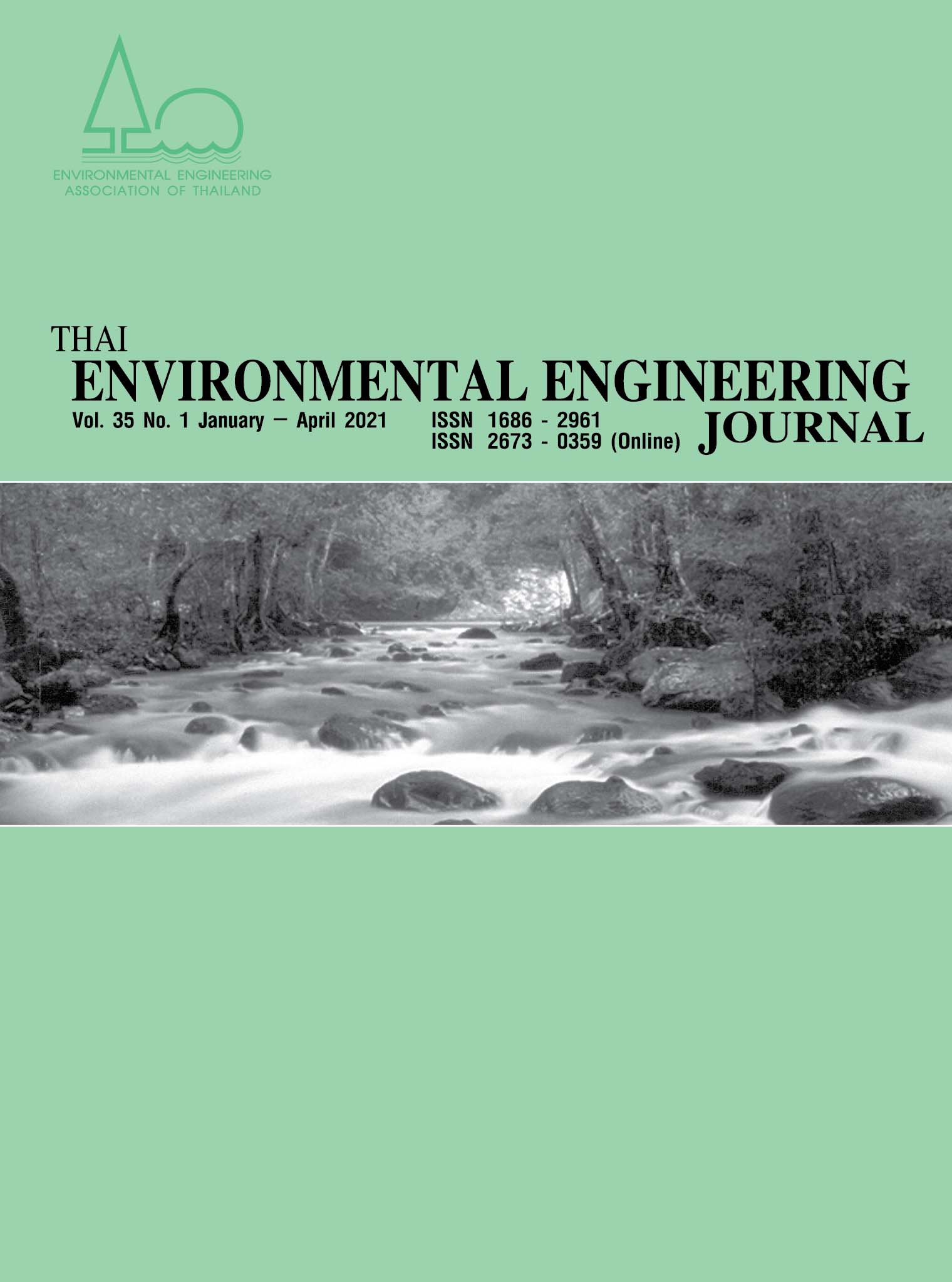Application of Design of Experiments for Microwave Oven Plastic Parts Defectives Reduction
Main Article Content
Abstract
The 3R (Reduce-Reuse-Recycle) Concept is a sequence of steps on how to manage waste properly. The top priority is Reduce, which is to reduce waste generation, then Reuse, and finally Recycle. The main priority is always to reduce and prevent the waste generation from the production process (Reduce). The objective of this research is to prevent the waste generation and decrease the percentage of defectives from the injection molding process of an electrical appliances factory. Microwave ovens are the best-selling products of the case study. The nonconforming products data of the production process of microwave plastic parts was collected and analyzed. It was found that the occurrence of defectives from plastic front frame injection molding process was the most important problem. The major nonconforming problem was the abnormal plastic shape. Design of Experiments (DOE) method was applied to determine the optimal pressure and temperature levels of injection machines for defectives percentage minimization. For experimental design, a two-factor Completely Randomized Design (CRD) was generated and Analysis of Variance (ANOVA) was carried out. According to the ANOVA, pressure and temperature had a significant effect on defectives percentage. A significant interaction between the two factors was found. According to interaction plots, the optimal levels for pressure and temperature of injection molding process were 79 bar and 230 °C, respectively. Additionally, the confirmation test was conducted and it was concluded that the mean of defectives percentage produced by the optimal temperature and pressure process was significantly lower than the mean of the defectives percentage produced by the current process of the case study.
Article Details
References
Asilahijani, H., Steiner, S.H. and MacKay, R.J. 2010. Reducing variation in an existing process with robust parameter design. Quality Engineering. 22: 30-45.
Bisgaard, S. 1992. Industrial use of statistically designed experiments: Case study references and some historical anecdotes. Quality Engineering. 4: 547-562.
Montgomery, D.C. 2019. Design and Analysis of Experiments. John Wiley & Sons Inc., New York.
Goos, P. and Jones, B. 2011. Optimal Design of Experiments: A Case Study Approach. John Wiley & Sons Inc., New York.
Yu, P., Low, M.Y. and Zhou, W. 2018. Design of experiments and regression modelling in food flavour and sensory analysis: A review. Trends in Food Science & Technology. 71: 202-215.
Schlueter, A. and Geyer, P. 2018. Linking BIM and Design of Experiments to balance architectural and technical design factors for energy performance. Automation in Construction. 86: 33-43.
Durakovic, B. and Torlak, M. 2017. Simulation and experimental validation of phase change material and water used as heat storage medium in window applications. Journal of Materials and Environmental Sciences. 8 (5): 1837-1846.
Dean, A., Voss, D. and Draguljic, D. 2017. Design and Analysis of Experiments. Springer, New York.
Montgomery, D.C. 2019. Introduction to Statistical Quality Control. John Wiley & Sons Inc., New York.
Montgomery, D.C. and Runger, G.C. 2014. Applied Statistics and Probability for Engineers. John Wiley & Sons Inc., New York.


